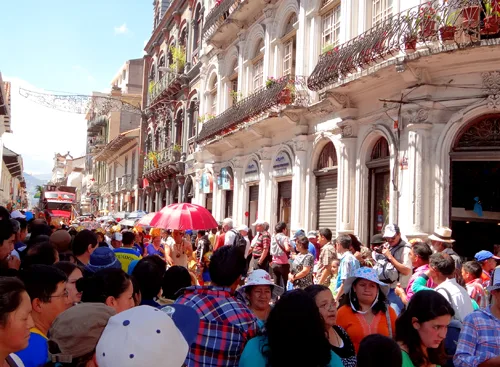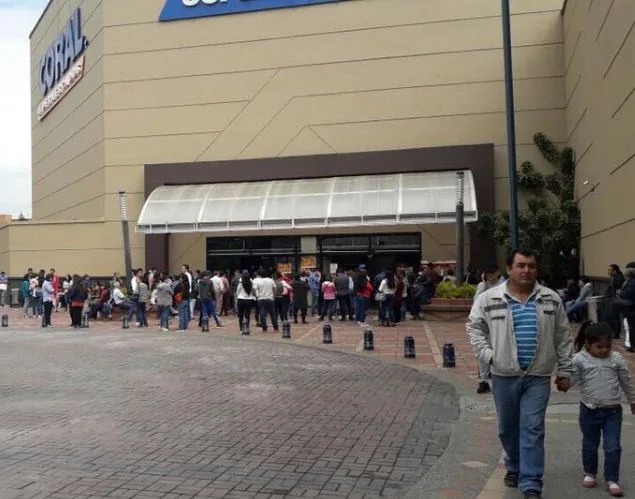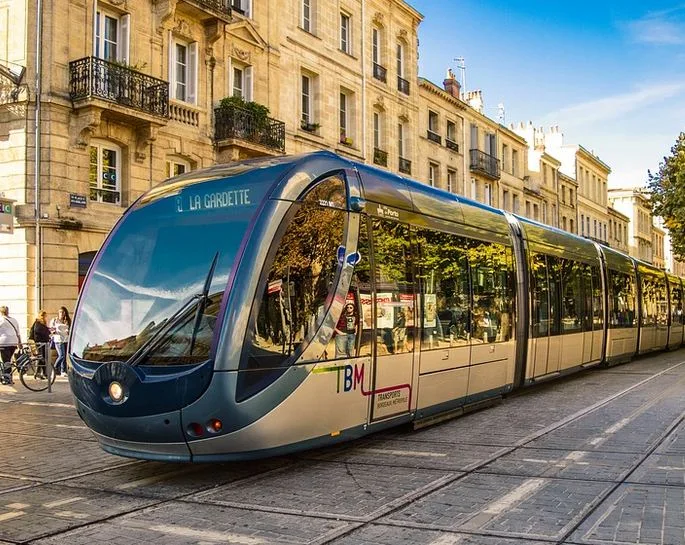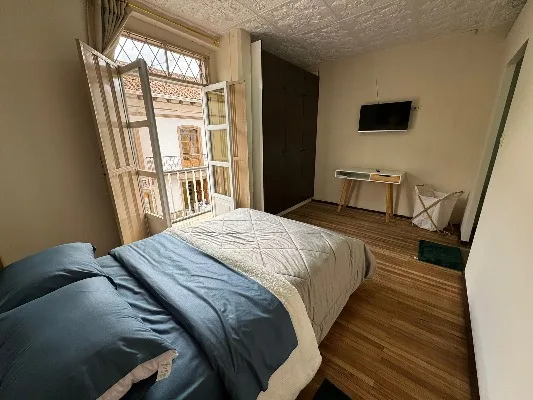Larger businesses are relocating outside of the historic district but some say it’s a good thing
By Liam Higgins
Dozens, perhaps hundreds, of Cuenca businesses are moving out of the historic district and relocating in rapidly developing commercial areas in other parts of the city.

Large businesses are leaving Cuenca’s historic district but new, small businesses are moving in.
According to Xavier Patiño, executive director of the Cuenca Chamber of Commerce, the trend of larger businesses leaving the historic district has been going on for years. “Limited space, traffic congestion, and high rents are forcing them to find locations in more favorable locations,” he says. “The delays in tram construction have contributed to the exodus, but it is only one of the factors,” he adds.
The El Ejido, Racar, El Arenal districts and commercial developments on Avs. González Suárez de las Américas are the big gainers of new business, says Patiño. “The malls, like Mall del Rio, Racar Plaza, Milenium Plaza, Monay Shopping and the business centers around Supermaxis are attracting new businesses, and the new Ortiz mall will attract even more when it opens next year,” he says.

Many businesses are relocating to malls and other new commercial areas of town.
Patiño estimates that almost 200 business have moved out of Cuenca’s El Centro over the past three years. He points out, however, that many other smaller businesses, including restaurants and hostals, have moved in.
Urban development expert and UNESCO consultant Sven Hansson says Cuenca’s development is following in the footsteps of Quito and other Latin American and European cities that have outgrown their historic districts. “Cuenca is similar to Quito 30 or 40 years ago, when new commercial zones grew up outside the traditional downtown area,” he says. “In the 1970s, Quito had the same population that Cuenca has today so the trend we are seeing is not unexpected.”

Bordeaux, France has the same tram system that Cuenca is building. Many say it revitalized the city’s historic center.
The changes do not mean that Cuenca’s historic district will be abandoned, says Hansson, who has visited the city three times with UNESCO evaluation teams. “In the long-term, I believe it will be very positive, especially with the addition of the tram and conversion of streets to pedestrian malls,” he says. “As we have seen elsewhere, the historic district will become more residential and include more boutique businesses, especially restaurants, coffee shops and gift shops. We will see an increasing number of renovation projects, converting old buildings in modern housing that will attract young professionals as well as foreign expats,” he says.
He adds that property located along the tram route will become especially valuable.
According to Hansson, many of the coming changes in Cuenca have already happened in Quito. “There is a great deal of renovation going on in the historic district there and it is attracting new residents and small, up-scale businesses,” he says. “The area has become a mecca for tourists.”
Another example of what Cuenca’s future might look like, says Hansson, is Bordeaux, France. “They installed the same tram system a few years ago that Cuenca is building today and it was central part of the transformation of their historic center,” he says.
“Just like in Cuenca, many in Bordeaux called the tram a disaster. It was off schedule, over budget, and people said it would never work. Today, despite the fact that many large businesses have left the Bordeaux historic center, many more have moved in, as have new residents. And no one complains about the train anymore.”





















